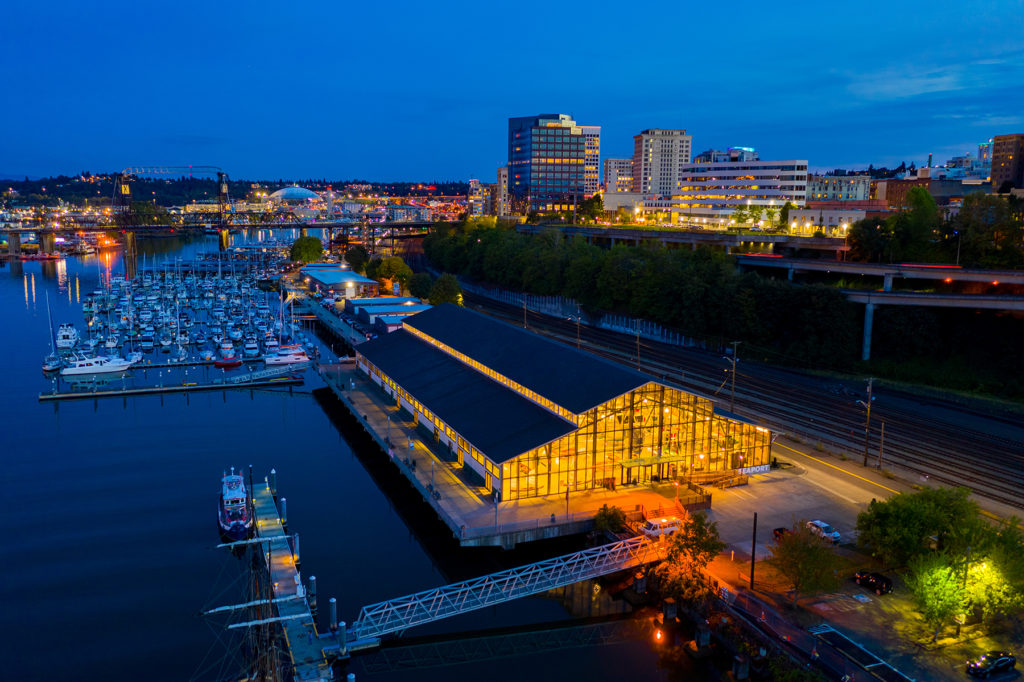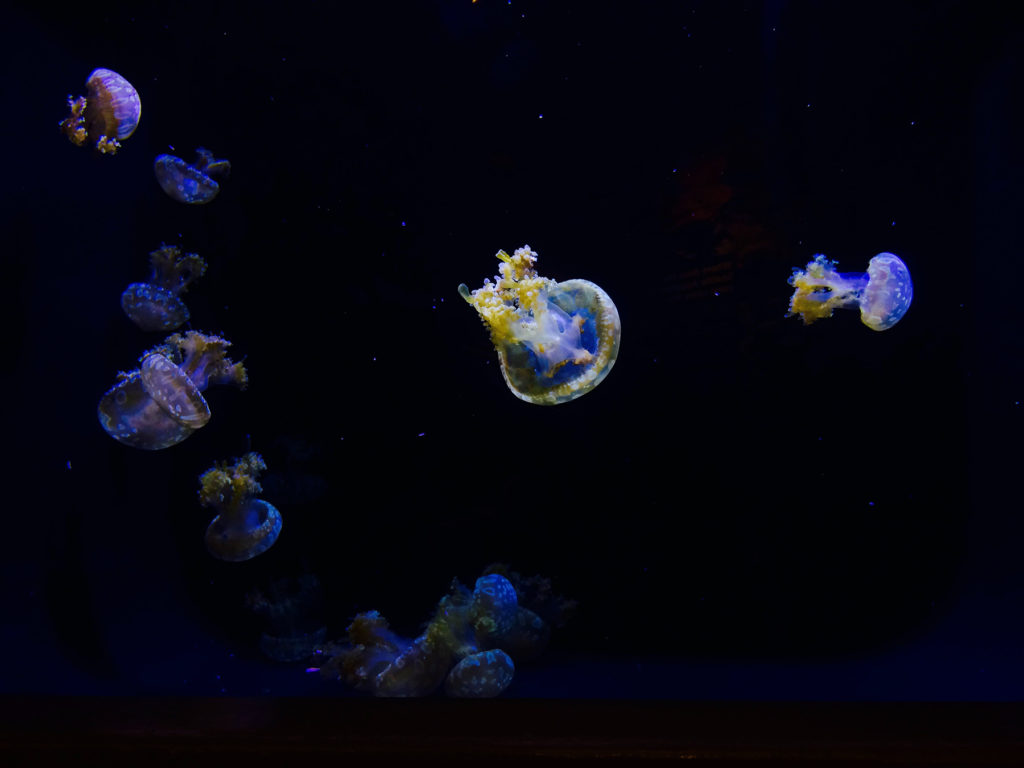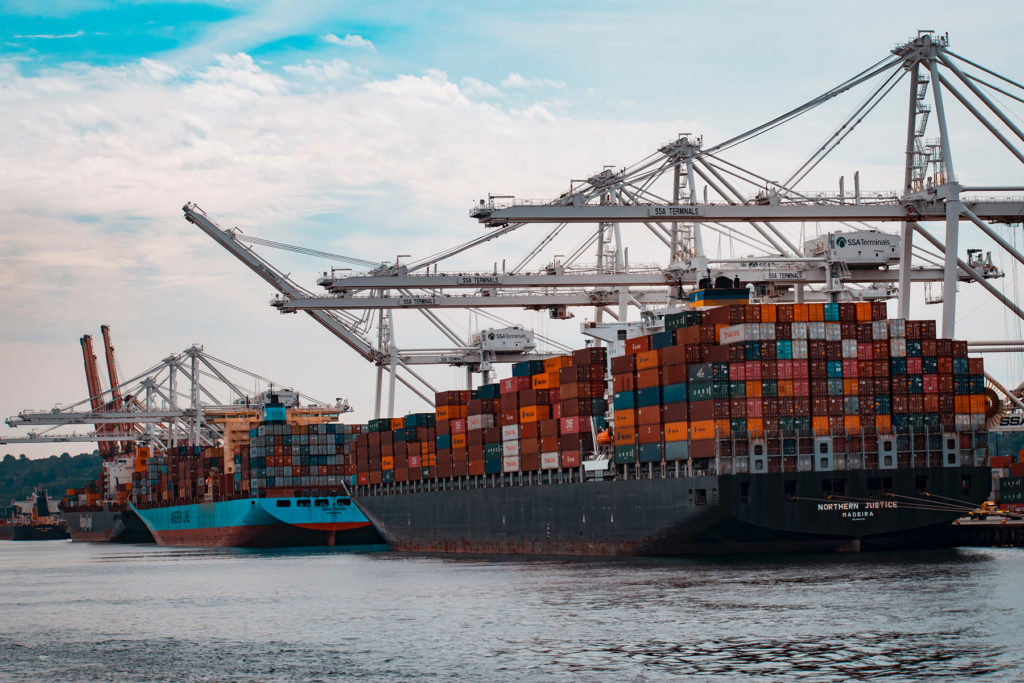
NMTA Grow Boating Grants Awarded to 10 Programs
The pandemic may have taken its toll over the last two years, but the boating industry is still finding ways to boost interest in Pacific Northwest maritime activities. At the end of 2021, the Northwest Marine Trade Association (NMTA) awarded $10,000 to be spread among 10 different boating programs through its Grow Boating Grant Program.
Since 2003, the program has provided more than $2 million to various organizations in an effort to draw more people into the Northwest boating community and encourage greater boating use in the region. The $10,000 in funds will be divided into $1,000 grants that will be distributed to each chosen organization later this spring. (While Grow Boating grants in recent years have totaled as much as $30,000, the Covid-19 pandemic severely limited the NMTA’s ability to raise money for the program. A decision was thus made to cap the 2021 grant program at $10,000, which generously came from association’s reserves.)
Some of the grantees include:
- Sisters in Action Sports: A non-profit community that supports women’s participation in action sports through clinics, events, and scholarships, regardless of age or ability.
- Foss Waterway Seaport: A Tacoma-based group that provides waterfront activities, historical maritime information, and educational opportunities in marine and environmental science at its restored, century-old Balfour Dock Building.
- Future Tides: A new media venture from Seattle-based sailor and writer Cara Kuhlman, who produces a weekly community newsletter and website for recreational and professional boaters sharing Northwest waterways.
Grants were also included for programs at the Bremerton Yacht Club, Campus Life, the Olympic Peninsula’s Community Boating Program, Northwest Maritime Center, Seattle Mountaineers Sailing Program, the Sound Experience program aboard the schooner Adventuress, and Supporters of Olympia Community Sailing. Karsten McIntosh, NMTA’s director of communications, said a wide variety of 17 organizations, some of which were new in 2021, had applied for the grants. “We hope to return to a more normal Grow Boating operation in 2022,” he added, following the return of in-person activities at next month’s Seattle Boat Show.
More information on the Grow Boating Grant Program and the activities it will support in 2022 can be found at: nmta.net/grants.

Port, Aquarium Team Up to Support Ocean Sustainability
Two of the major players in the redevelopment of Seattle’s waterfront—the Port of Seattle and the Seattle Aquarium on Pier 59—have formed a partnership to support the sustainability of the ocean environment and enhance the local maritime industry via the ambitious Ocean Pavilion project.
Under the new partnership agreement, the Port will commit $5 million over the next five years for the development of the Seattle Aquarium’s Ocean Pavilion project, which will expand the current Aquarium’s footprint and help to build a stronger connection between the downtown area and its waterfront. The deal will also involve future collaboration on innovative marine ecosystem protections, such as kelp bed and orca whale habitat restoration programs in the Salish Sea.
Other goals of the Ocean Pavilion project are to promote youth engagement in maritime industry jobs, workforce training, and increased tourism. Port of Seattle Commission President Fred Felleman said the partnership will “enable us to highlight the diversity of marine and maritime career opportunities in the region.”
As development continues on the Seattle waterfront in the wake of the 2019 demolition of the Alaskan Way Viaduct, the Ocean Pavilion is expected to be a prominent public space feature that will make it easier to reach the shore of Elliott Bay from Seattle’s steep downtown hillsides. In addition to the planned educational and environmental programs, the project will include a 48,000-square-foot building and a series of gently sloping pedestrian platforms. The improvements are expected to increase attendance at the Aquarium by up to 40%.
The publicly owned Ocean Pavilion currently has a target date of 2024 for its grand opening. More details can be found at: seattleaquarium.org/ocean-pavilion.

Northwest Ports Commit to Marine Emissions Phase-Out Plan
Nearly two years after a motion to reduce seaport-related emissions for the Pacific Northwest region was introduced, the Ports of Seattle and Tacoma, along with the Northwest Seaport Alliance (NWSA), have adopted their own “all-in” implementation plans to commit to specific phase-out programs described in the Northwest Ports Clean Air Strategy.
Under the voluntary Clean Air Strategy plan, the ports have pledged to make direct changes in their equipment, fuels, and infrastructure to phase out all seaport-related emissions by 2050. These changes will be applied across six sectors of port activity: oceangoing vessels, cargo-handling equipment, trucks, harbor vessels, rail, and port administration and tenant facilities. Near the end of 2021, NWSA and the ports of Seattle and Tacoma each adopted separate action plans to meet these stringent emissions reduction goals.
Seattle’s action plan lists concrete strategies to cut greenhouse gas emissions in half by 2030 via a transition to zero-emissions equipment, locomotives, vehicles, vessels, and buildings along the Seattle waterfront. The plan also requires all cruise ship berths to install shore power infrastructure for use in all Port calls, along with a phase-out of all fossil fuel power systems at Port facilities, and a transition to electric or other renewable fuels for all light-duty vehicle fleets. The Port of Tacoma also adopted its implementation plan to incorporate sustainable building practices in all new port-owned building projects, installing electric vehicle charging stations at five Tacoma port locations, and to transition its surface fleet to plug-in hybrid or electric vehicles. The NWSA implementation plan includes the removal of more than 50 high pollution trucks, the addition of zero-emissions cargo-handling equipment, and the introduction of hybrid or zero-emissions tugs within the gateway. The plan will also accelerate NWSA’s transition to zero-emission fuels for charging infrastructure and use of shore power on international container terminals.
Also working in conjunction with Vancouver Fraser Port Authority in British Columbia, the Northwest Ports said they will continue to collaborate with their stakeholders, shippers, cruise operators, and partners to meet the 2050 zero-emissions goals and to adopt international engagement strategies for reducing vessel emissions. “Over the next five years, our ports will enact these changes and make key investments that enable us to protect air quality,” said Dick Marzano, president of the Port of Tacoma Commission and co-chair of NWSA.
For more details on the initiative, visit: portseattle.org/page/northwest-ports-clean-air-strategy.


